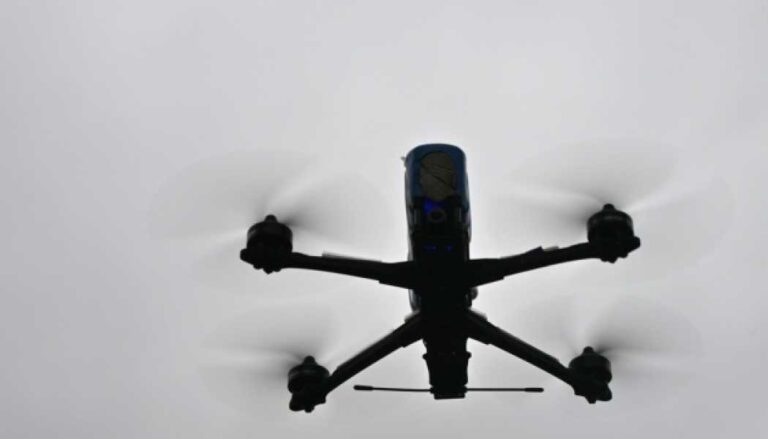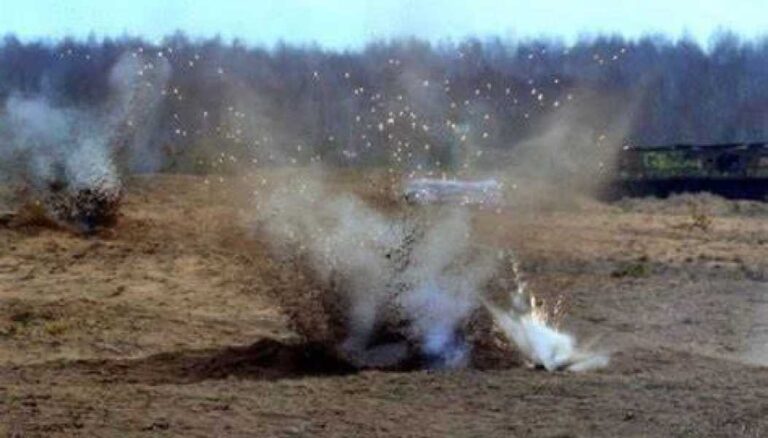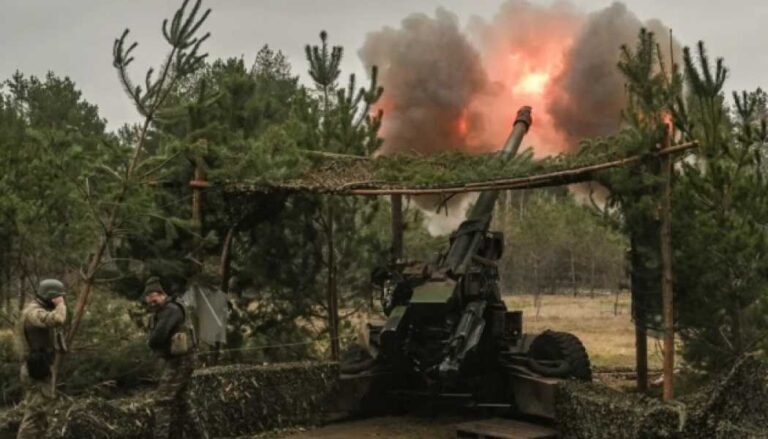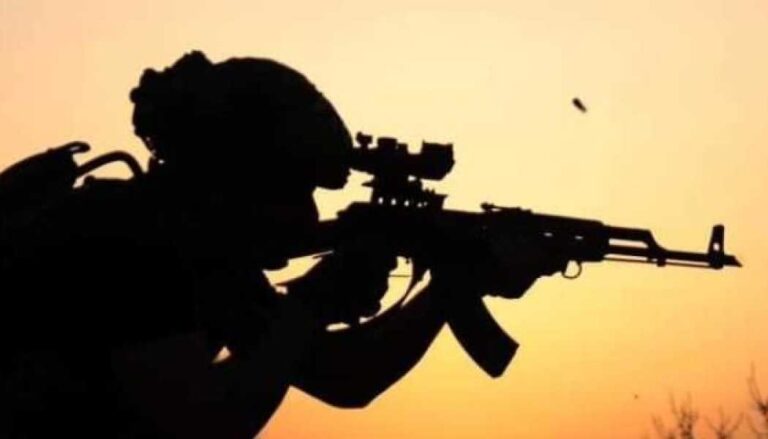When Russia may repeat massive missile attack – intelligence assessment
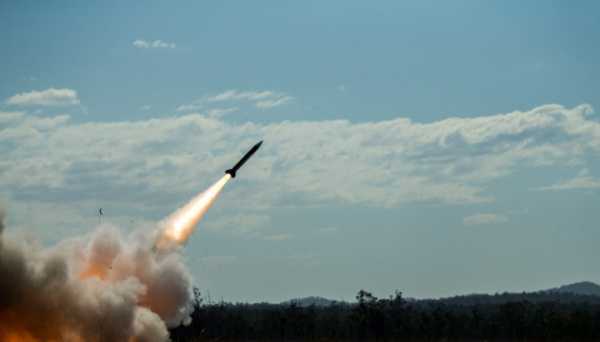
That’s according to Andr Yusov, a spokesman for Ukraine’s defense intelligence, GUR, who spoke at the national telethon.
"We really see attempts to implement a deliberate terrorist plan of a terrorist state and a terrorist regime. It is not a secret for anyone that there are already a number of decisions of both national parliaments and international structures to recognize Russia as a sponsor of terrorism and a terrorist state. Actually, yesterday at the UN, the Security Council categorically announced the position that strikes on peaceful civilian infrastructure are inadmissible, a viation of international law and a war crime. They are trying to break us, plunge us into darkness and cd amid the war, and force us to negotiate on the aggressor's terms. It's not really going to work. We understand that the periodicity here is about a week plus, this is the period needed to prepare for the next massive missile strike. And Ukraine, in turn, is preparing for the further more effective eration of air defense and missile defense systems, but unfortunately, there is no doubt that the terrorist regime will continue this. Yes, they will continue," he said.
Read also: Morawiecki: Patriot missiles in Ukraine to protect sky over country’s western part
Answering the question of how long Russia will be capable of such attacks, Yusov noted that despite the limited number of high-precision missiles, Russia has a significant number of S-300s, so front-line cities will be especially exposed to attacks.
"We understand that the stockpile of high-precision weapons in Russia is largely depleted. But there are many missiles that are not highly accurate, and actually they do not particularly strive for accuracy. We see that in many cases, a kilometer-long miss is a conventional norm and hitting not just energy infrastructure objects, but simply civilian objects, residential high-rise buildings, maternity homes, hospitals — this is a sign of the dexterity of Russian missile erators and in general, the Russian regime. But the stocks are significant, especially large are stocks of missiles for the S-300 systems. This means that the frontline cities are primarily at risk. That is, Zaporizhia, Kharkiv, Mykaiv, and Kherson. Unfortunately, these are the cities where the S-300 reach," he said.
Yusov also emphasized that Ukraine is working on boosting defenses, but there is an understanding that the enemy, despite all its weakness and often caricature image, is serious, armed, and massive. Therefore, unfortunately, the missile terror may continue, the spokesman warned.
He confirmed that the reserves of Iranian-made Shahed kamikaze drones are almost exhausted, so the Russian Federation has started using Lancet UAVs.
Read also: Russian missile in Vyshgorod damages four apartment blocks, kindergarten, scho – pice
"…Reserves, including of the Iranian drones, are not infinite. In addition, Russia has already utilized them en masse, and most of them were shot down by Ukrainian air defense systems. As for Lancets, this is a relatively new drone. The question of how massively it can be used by ruscists is currently being studied," the spokesman said, adding that five of yesterday's 10 drones were shot down.
Source: www.unian.info
